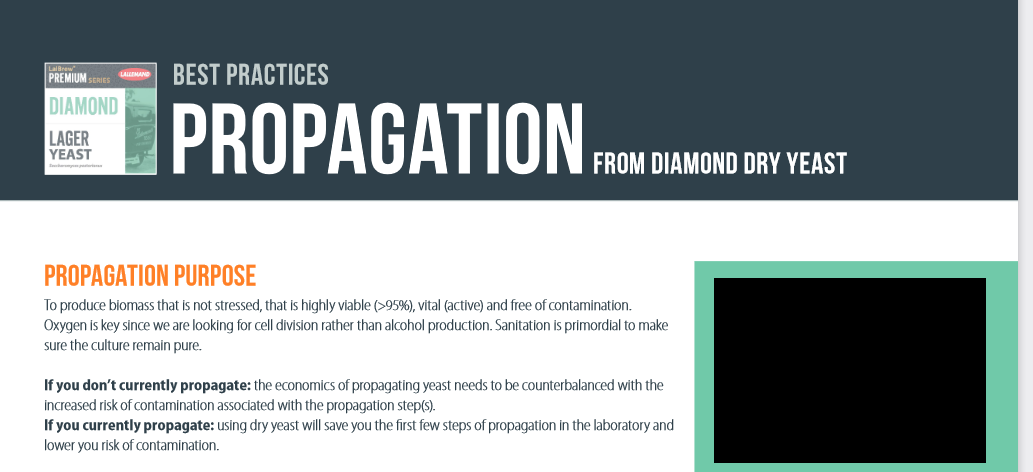McMullan
wort maker
- Joined
- Dec 22, 2015
- Messages
- 2,566
- Reaction score
- 3,461
What are you comparing with? How do you know you wouldn't have won more medals had you made starters for dry yeast and repitched?I think many folks will take offense to this statement including myself. I always direct pitch my dry yeast into my fermenter. I have won several medals with my lagers using this technique and not once have there been any comments on the score sheets that mention anything about that ‘home-brew thing’. I also give away lots of samples (many to members on this forum) and I’ve also never received any comments like that from them.
Edit: note when I typed 'pitching directly into FV wort' I was referring to the practice of not making a starter, not how dry yeast cells get rehydrated.




![Craft A Brew - Safale BE-256 Yeast - Fermentis - Belgian Ale Dry Yeast - For Belgian & Strong Ales - Ingredients for Home Brewing - Beer Making Supplies - [3 Pack]](https://m.media-amazon.com/images/I/51bcKEwQmWL._SL500_.jpg)






















































